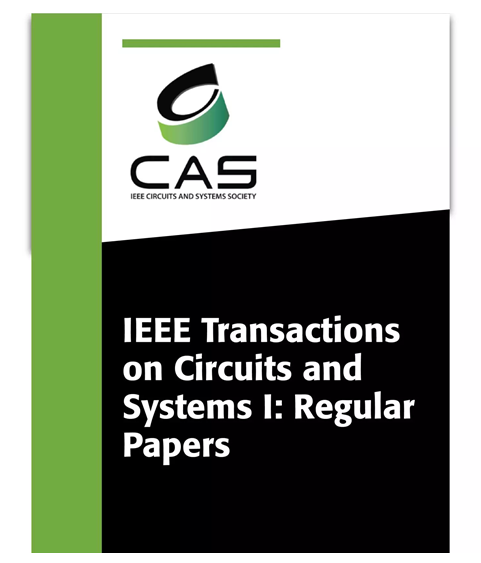Cryogenic Front-End ASICs for Low-Noise Readout of Charge Signals
IF 5.2
1区 工程技术
Q1 ENGINEERING, ELECTRICAL & ELECTRONIC
IEEE Transactions on Circuits and Systems I: Regular Papers
Pub Date : 2024-12-09
DOI:10.1109/TCSI.2024.3506828
引用次数: 0
Abstract
This paper presents design details and measurement results of LArASIC, a front-end application specific integrated circuit (ASIC) designed for low-noise readout of charge signals generated in neutrino study experiments within liquid argon time projection chambers. LArASIC comprises of 16-channels of programmable charge amplification and pulse shaping stages that provide a voltage readout proportional to the input charge and was optimized for operation at liquid argon temperature, i.e., 89K. The chip was fabricated in a 180nm CMOS process. Measurements at liquid nitrogen temperature, i.e., 77K, indicate that the channel outputs have high linearity (INL <0.1%)>求助全文
约1分钟内获得全文
求助全文
来源期刊
CiteScore
9.80
自引率
11.80%
发文量
441
审稿时长
2 months
期刊介绍:
TCAS I publishes regular papers in the field specified by the theory, analysis, design, and practical implementations of circuits, and the application of circuit techniques to systems and to signal processing. Included is the whole spectrum from basic scientific theory to industrial applications. The field of interest covered includes: - Circuits: Analog, Digital and Mixed Signal Circuits and Systems - Nonlinear Circuits and Systems, Integrated Sensors, MEMS and Systems on Chip, Nanoscale Circuits and Systems, Optoelectronic - Circuits and Systems, Power Electronics and Systems - Software for Analog-and-Logic Circuits and Systems - Control aspects of Circuits and Systems.

 求助内容:
求助内容: 应助结果提醒方式:
应助结果提醒方式:


